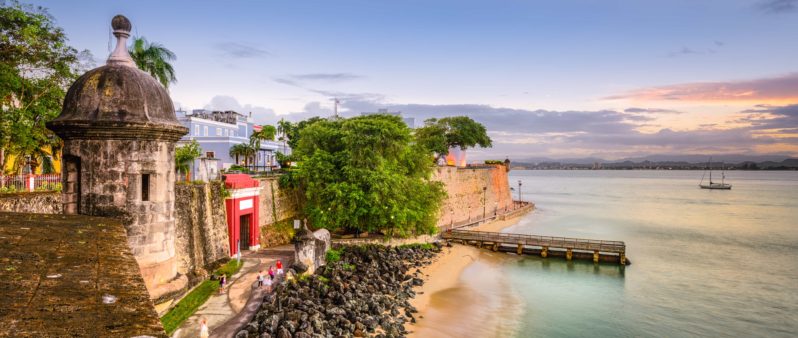
Best Places to Live and Work Remotely in the Caribbean
Top Caribbean Destinations for the Digital Nomad
Digital nomads live their lives exploring new places and experiencing new cultures, making income from wherever they can perch their laptops. Many assume that digital nomads solely desire to live and work in tropical places for eternal summers and 20-hour weeks. The reality? Far from it. The companies that once criticized nomads are hiring them at unprecedented rates as the stats leak out about how remote workers are happier and, consequently, more productive. The biggest question now is, where to satisfy that wanderlust? There are numerous buzzing digital nomad destinations around the world, but the Caribbean is the best spot for warm-blooded workers yearning for sunny days, crystal blue waves, and rich cultures. And in many Caribbean countries, there is the added appeal of learning Spanish. But where are the best places to live and work in the Caribbean?
Remote Work in the Dominican Republic
Why this tiny island nation? The DR may not be the first option people think of for an island getaway, but it’s perfect for digital nomads. The cost of living is relatively cheap; you can choose from bustling city life or beach-side detox, and you can get down to the DR’s classical music, bachata.
Santo Domingo
This capital city and UNESCO World Heritage site are excellent for adventurous nomads looking to try something new and brush up on their Spanish. The mix of old colonial architecture and an urban Latin cityscape captures the city’s soul. There are museums, restaurants, parks, and an active vida nocturna (nightlife) scene where you can merengue the night away!
Price: A medium-sized apartment in the city could cost around $500 and gets cheaper if you are willing to downsize or live further from the center.
Internet: Reliable internet will take out about $50 a month from your budget if you don’t want to rely on internet cafes. All in all, pretty cheap for the capital.
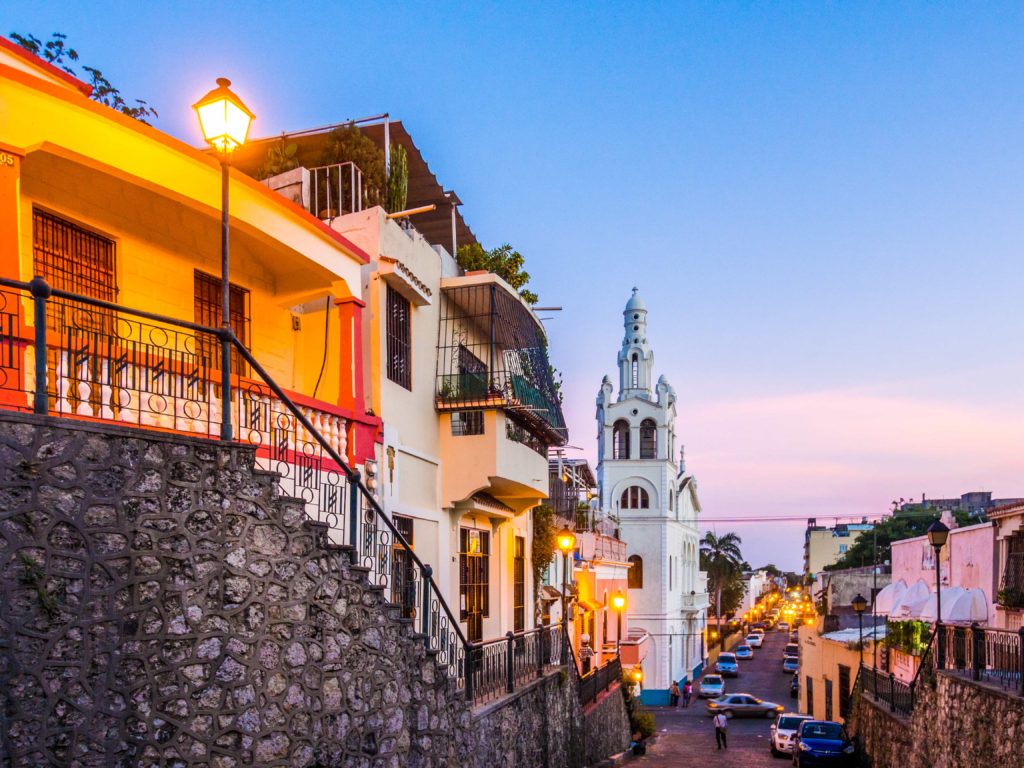
Las Terrenas
For the nomads looking to have peace and relaxation, the expat town of Las Terrenas is a beautiful place to go. The bright blue waters and white sand beaches make this northeastern point of the island a hot retreat for nomads hailing from every corner of the globe: France, Italy, Germany, the UK, you name it. It is a destination for the calm and quiet nomads seeking a peaceful escape. Don’t be discouraged by all the retirees, though– there are other activities besides sprawling on the beach all day. Whale watching, surfing, fishing, ATV rides, and cave exploring are also in the cards for visitors to this slice of paradise.
Price: Rent is more expensive due to Las Terrenas being based largely around tourism, but if you stay during the offseason (May-November), you may find a better deal. There are a decent number of listings on Airbnb where a studio apartment can cost $650 a month, and long-term stays usually have discounts.
Internet: For internet service in this remote city, ask the landlord/host if it is included, or get a portable WiFi device like Skyroam to access the internet from anywhere with a cellular signal – even your beach chair with your toes in the sand.
Working Remotely in Panama
Panama is a country and isthmus connecting North and South America, known mainly for its canal. However, there is so much more than meets the eye. Panama’s thriving economy and transportation sector has earned it the nickname “The Hub of the Americas.”
The wildlife and fauna are just as impressive – almost 1,000 bird species make Panama their home. It is also one of the only places in the world where you can watch the sunrise over the Caribbean Sea and the sunset over the Pacific Ocean.
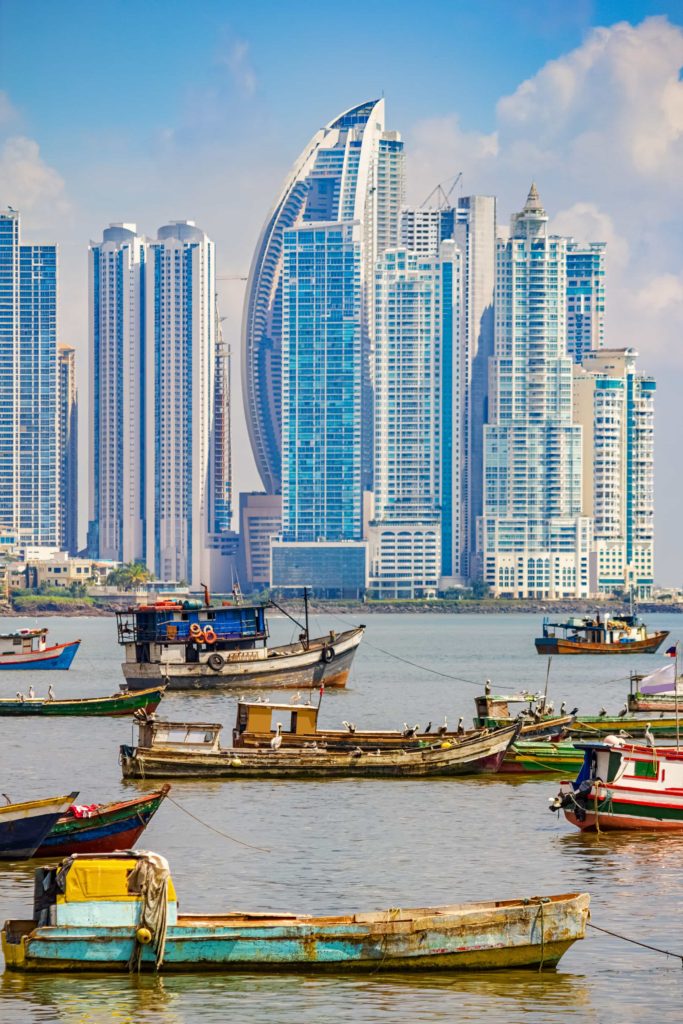
Panama City
A cosmopolitan hub in the center of the Americas, Panama City is a modern locale with a skyline of skyscrapers. Even amongst all the shining buildings, you can explore the historic district and its 16th-century architecture. Visit one of the many art, science, or history museums. Finally, don’t forget to pick up a Panamanian hat and try some ceviche.
A modern city like this will be pricier than remote locales, but it’s worth it for nomads wanting the big city lifestyle.
Price: The cost of living is cheaper than in a big city in the U.S., but you still get the same luxuries. You can share a reasonable apartment with amenities for $400 a person or rent your own place from $800-$1,000 (for the super nice barrios).
Internet: The internet is generally fast, and there are many shopping, dining, and nightlife options available to snag a connection.
You also have an endless selection of remote working areas in Panama City to network with like-minded folks and do business together.
Bocas Del Toro
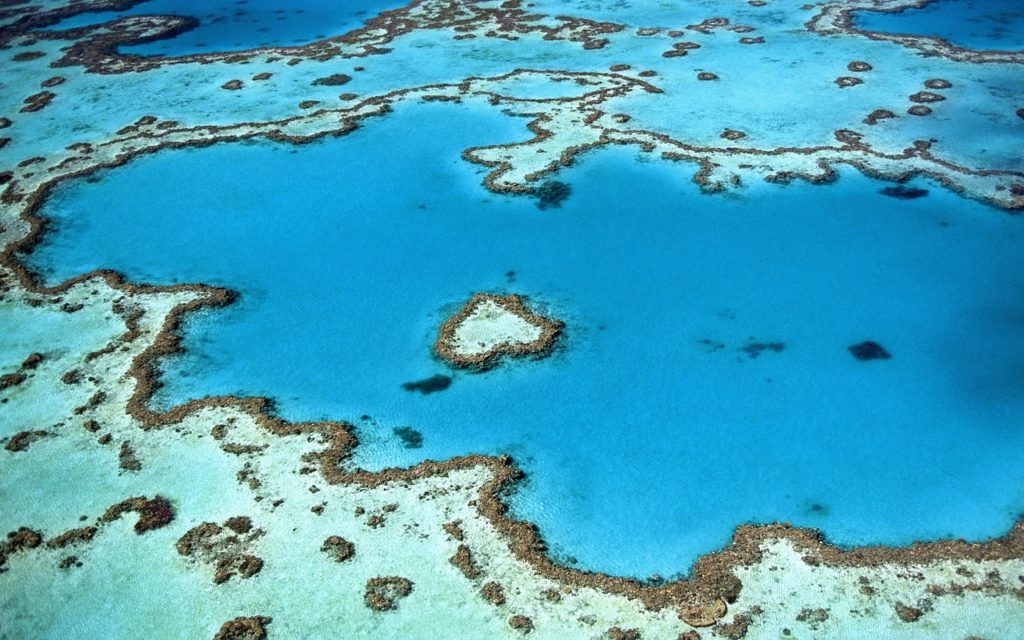
An archipelago off the coast of Panama, this group of islands is a nature lover’s paradise. The surrounding translucent water makes it perfect for swimming, surfing, sailing, and looking at beautiful coral while snorkeling. The diversity of sea life you’ll see is incredible –from dolphins to turtles to sloths! These islands are an attractive destination for the laid-back, aquatic-loving nomad.
Looking to volunteer with these aquatic animals after (or before) hours? Plenty of volunteer opportunities will even offer you room and board in exchange for 5 hours of help a day. Now, that’s what we call work-life balance! Check out all the travel volunteer opportunities at WorkAway.
Price: If you want to rent a room, this small area is more expensive ($500-$700 average), but there are always ways to keep costs down. If sleeping arrangements are the last thing on your mind and you don’t mind reliving college dorm life, services like Selina offer cheap co-living accommodations with free internet.
Internet: The download speed leaves a bit to be desired, but it is a small price for exquisite beauty. All hostels will provide internet, but check with the landlord before signing papers if you’re renting a place.
Where to Live and Work in Puerto Rico
Forbes calls Puerto Rico perfect for digital nomads. The smallest island of the Greater Antilles packs a punch with a vibrant culture and friendly people. Puerto Rico has ample U.S. influence (including the currency) because it is a territory and the island hosts city and beach life options.
Although Hurricane Maria significantly impacted Puerto Rico, the island is recovering and coming back stronger. Visiting this beautiful territory promotes the Puerto Rican tourism industry, which makes money for the island and helps them get back on their feet.
If you’re from the U.S. and want to dip your toe into the digital nomad lifestyle to see if it’s right for you, PR might be a great destination.
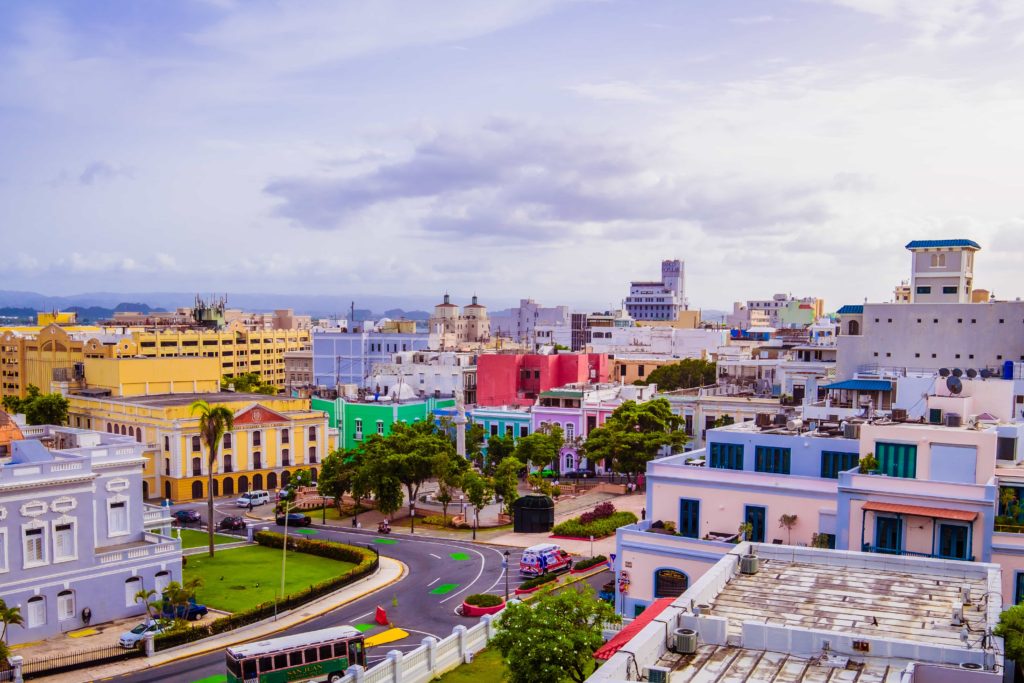
San Juan
Visit San Juan, the capital, to see a mix of old and new Spanish architecture and the four-centuries-old forts. Don’t forget to try arroz con gandules (rice with peas) and mofongo (smashed and seasoned fried plantain), and burn off the calories by dancing to some classic Puerto Rican salsa.
Price: Rent is higher-priced compared to the Dominican Republic, with a one-bedroom city apartment costing around $600 or more, depending on the quality. The prices drop once you move farther out. Airbnb is an excellent way to find more affordable lodging.
Internet: Due to U.S. influence, the WiFi networks are quite strong in PR.
Ponce
The second largest city in Puerto Rico and nicknamed La Perla del Sur (The Pearl of the South), Ponce has the appeal of a quiet seaside town with attractions to entertain you all day. Start by visiting the Serralles Castle, a 1930s mansion prime example of Spanish/Moorish architecture. It also sits at the top of a hill, providing a beautiful town view. If you prefer to relax, take a short drive out of Ponce to the Coamo hot springs and bathe in the water the native Taino people used before Columbus arrived. Looking for parties? There are festivals almost every month in Ponce, so no matter what time of year you decide to visit, there’s always something going on.
Price: Rent is generally affordable in Ponce. You can usually swing a place for less than $1,000 a month, and many public areas have WiFi even if your accommodation doesn’t.
Internet: You can get an internet plan for $35 a month.
Already Packing Your Bags? It’s Time to Learn Spanish.
Now that you’re up to date on these exciting tropical nomad destinations, it’s time to get packing. But don’t forget your language course!
The people of these Spanish-speaking Caribbean destinations are warm and caring, and knowing the Spanish language will immerse you even further in their culture.
Don’t know how to start learning Spanish?
We’ve got you covered. Check out the Pimsleur Method – your first lesson’s on us.
No Comments for "Best Places to Live and Work Remotely in the Caribbean"